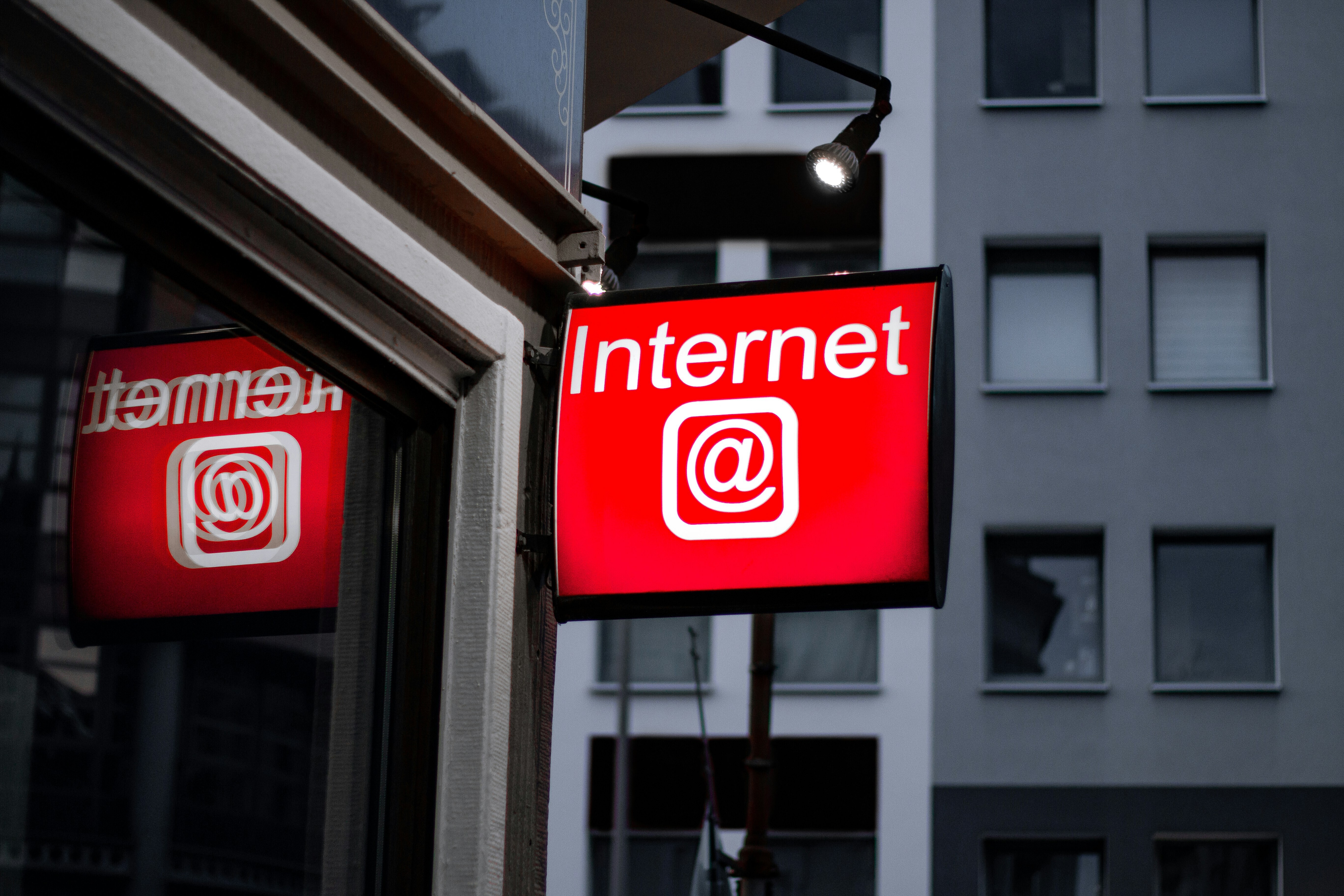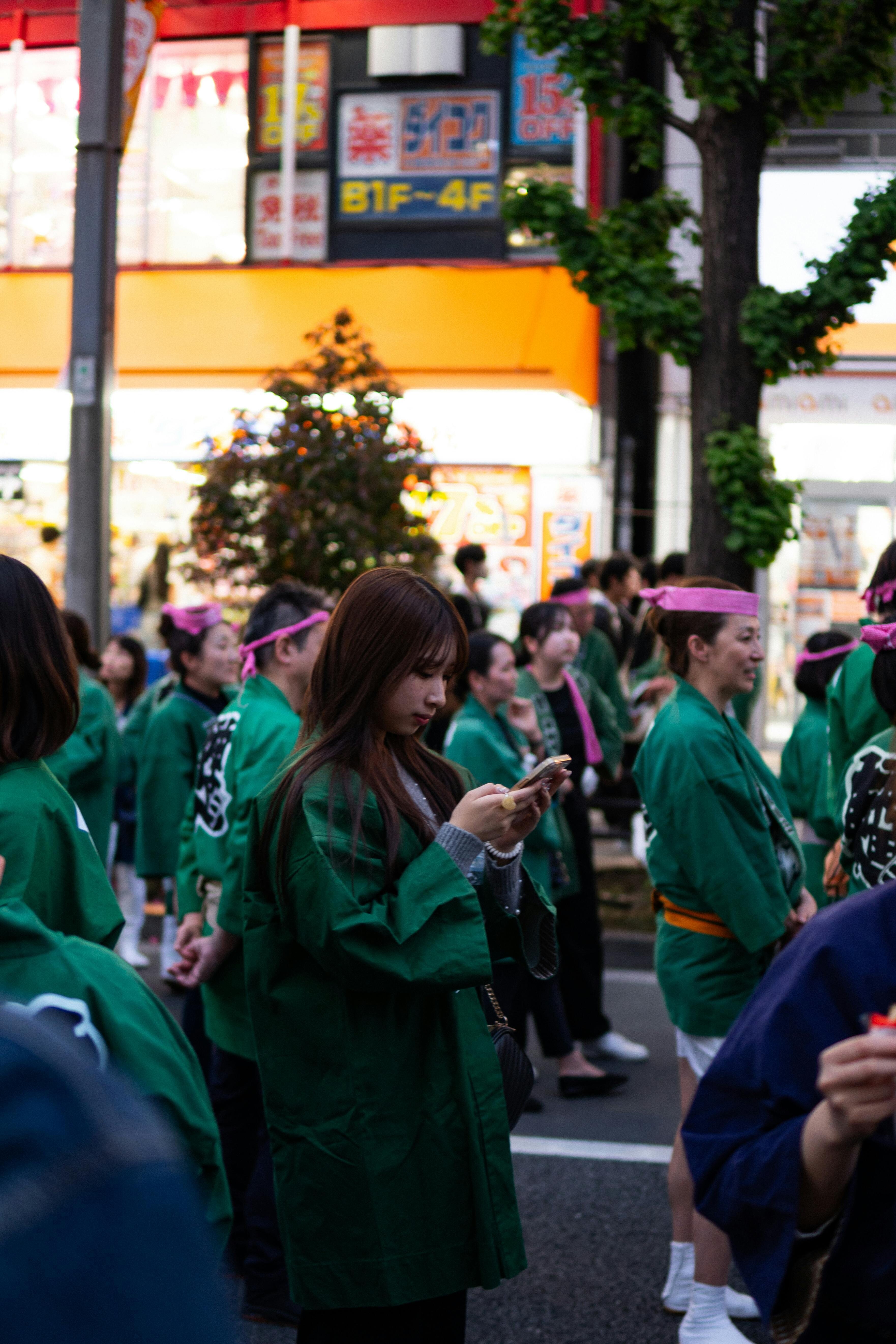Burnout is making us worse at our jobs, according to the WHO

The WHO has recognized workplace burnout for the first time. Image: REUTERS/Andrew Winning
“Burnout” is big this year. The term has been applied to everything from being tired at the weekend to the malaise of an entire generation.
Now the World Health Organization, an international body to which many others look for guidance, is giving burnout victims legitimacy by including what it calls “burn-out” in the latest version of its International Statistical Classification of Diseases and Related Health problems, a handbook for recognized medical conditions. It’s the first time time burnout has been recognized by the organization, Tarik Jasarevic, a WHO spokesman, told reporters.
According to the WHO, “burn-out is a syndrome conceptualized as resulting from chronic workplace stress that has not been successfully managed.” Burnout isn’t simply a synonym for stress, the definition suggests; it’s the result of deep, long-term stress that hasn’t been dealt with, either by the sufferer or their employer.
“Burn-out refers specifically to phenomena in the occupational context,” the WHO notes, “and should not be applied to describe experiences in other areas of life.”
That’s a good argument for taking the signs of workplace burnout seriously, whether you are experiencing them or observing them in an employee. According to the WHO’s classification, adopted May 25, burnout has three components:
1) Feelings of energy depletion or exhaustion,
2) Increased mental distance from one’s job, or feelings of negativism or cynicism related to one’s job, or
3) Reduced professional efficacy
That trio makes clear why companies should want to address burnout head-on. While personal exhaustion may be the first and perhaps most acknowledged symptom of burnout, the other two suggest that burned-out employees simply can’t work as effectively.
Don't miss any update on this topic
Create a free account and access your personalized content collection with our latest publications and analyses.
License and Republishing
World Economic Forum articles may be republished in accordance with the Creative Commons Attribution-NonCommercial-NoDerivatives 4.0 International Public License, and in accordance with our Terms of Use.
The views expressed in this article are those of the author alone and not the World Economic Forum.
Stay up to date:
Mental Health
Forum Stories newsletter
Bringing you weekly curated insights and analysis on the global issues that matter.
More on Wellbeing and Mental HealthSee all
Dylan Reim
October 29, 2025







